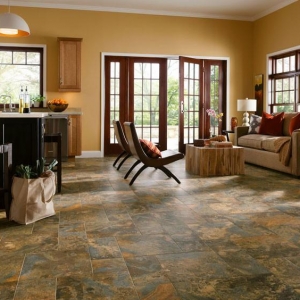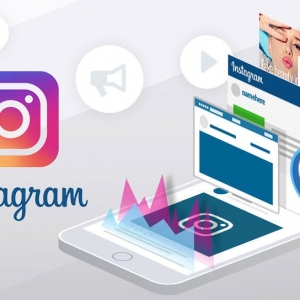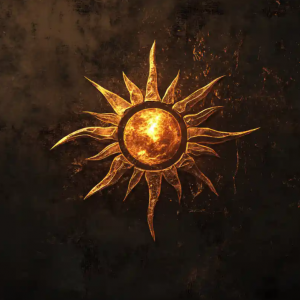Dubai is known for hosting events that are visually stunning and technologically advanced. Stage design plays a central role in creating these memorable experiences. 3D printing has become an important tool for stage designers in Dubai, offering new ways to create unique, efficient, and highly customized designs. This technology allows designers to explore concepts that were previously difficult or impossible to build using traditional methods.
Expanding Creative Possibilities
One of the biggest ways 3D printing helps Dubai stage designers innovate is by expanding creative possibilities. Traditional stage building often comes with limits on shapes, details, and textures due to the tools and materials available.
3D printing Dubai removes many of these restrictions. Designers can create intricate patterns, unusual shapes, and smooth curves that bring stage concepts to life. This opens the door for fresh, bold ideas that capture attention at large events.
Rapid Prototyping for Faster Idea Development
Innovation often requires testing new ideas quickly. 3D printing allows stage designers in Dubai to produce prototypes in a short time.
Designers can create small-scale models to see how different elements will look and function before committing to full production. This process speeds up the creative workflow and reduces the risk of costly mistakes. Rapid prototyping helps refine designs while keeping deadlines on track.
Customization for Unique Event Themes
Dubai’s event industry thrives on originality. Every event aims to offer something new and memorable for its audience. 3D printing gives stage designers the ability to customize every detail to match the event’s theme. Logos, brand symbols, cultural patterns, and decorative elements can be built directly into the stage design. This level of personalization ensures that no two stages are the same, making events stand out in a competitive market.
Integration with Modern Stage Technologies
Modern stage productions in Dubai often use advanced lighting, sound, and visual effects. 3D printing helps designers integrate these technologies more seamlessly. Openings for lighting fixtures, channels for cables, and surfaces for projection mapping can be included in the printed parts.
This makes the stage more functional and visually impactful. Designers can plan for these features from the start rather than adding them later, resulting in cleaner and more professional setups.
Reducing Production Time for Bold Concepts
Large and complex stage designs can take weeks or months to build using traditional methods. 3D printing reduces production time significantly. Once the design is finalized, printing can begin immediately, and multiple parts can be produced at the same time.
This speed allows designers to take on more ambitious projects without worrying about long construction schedules. In Dubai’s fast-paced events industry, this ability to deliver quickly is a major advantage.
Experimenting with New Materials
Material choice plays a big role in stage innovation. 3D printing allows Dubai designers to experiment with a variety of materials, from lightweight plastics to strong composites and even eco-friendly options. Each material offers different properties, such as flexibility, durability, or transparency. Designers can mix materials in a single stage design to achieve the desired visual and structural results. This experimentation helps create fresh looks and functional features.
Sustainable Stage Design Innovations
Sustainability is an important part of innovation, and 3D printing supports eco-friendly stage design. By using only the material needed for each part, waste is minimized. Designers can also work with recycled or biodegradable materials.
Stages can be designed for reusability, with components that are easy to store, transport, and adapt for future events. This sustainable approach not only benefits the environment but also appeals to clients who value responsible production.
Complex Structures Made Practical
Some stage designs are too complex to build using traditional techniques because they require too much manual work or specialized tools. 3D printing makes these designs practical. Large decorative sculptures, detailed backdrops, and modular stage elements can be printed with precision. Designers can explore more ambitious structures knowing that the printing process can handle the complexity without driving up costs or build times too much.
Enhancing Audience Experience
Innovation in stage design is not only about how the stage looks but also about how it makes the audience feel. 3D printing allows Dubai designers to create immersive environments that enhance audience engagement.
From themed festival stages to corporate event setups, the technology enables interactive elements, artistic details, and unique shapes that create memorable experiences. The audience benefits from a visually rich environment that matches the high standards of Dubai events.
Flexibility for Last-Minute Design Changes
Event plans can change quickly, and stage designers need to adapt. With 3D printing, last-minute changes are easier to handle. Designers can update the digital model and reprint the necessary parts without having to start from scratch. This flexibility encourages creative risk-taking because adjustments can be made quickly if needed.
Collaboration Between Designers and Clients
3D printing supports better collaboration between stage designers and event clients in Dubai. Digital models and 3D renders can be shared early in the process, allowing clients to see exactly what the final stage will look like. This encourages feedback and ensures the design meets expectations before production begins. The result is a more efficient process and better end results.
Inspiring New Stage Trends in Dubai
The use of 3D printing in Dubai’s stage design industry is inspiring new trends. Organic shapes, futuristic patterns, and modular components are becoming more common. As more designers experiment with the technology, unique styles and methods are emerging. This creativity is influencing the overall look of events in Dubai and setting higher standards for stage innovation worldwide.
Conclusion
3D printing is helping Dubai stage designers innovate by expanding creative possibilities, enabling rapid prototyping, supporting customization, and integrating modern technologies. It reduces production time, allows material experimentation, promotes sustainability, and makes complex structures practical.
The technology also enhances audience experience, offers flexibility for changes, and improves collaboration with clients. As 3D printing continues to advance, it will shape the future of stage design in Dubai, keeping the city at the forefront of creative event production.






